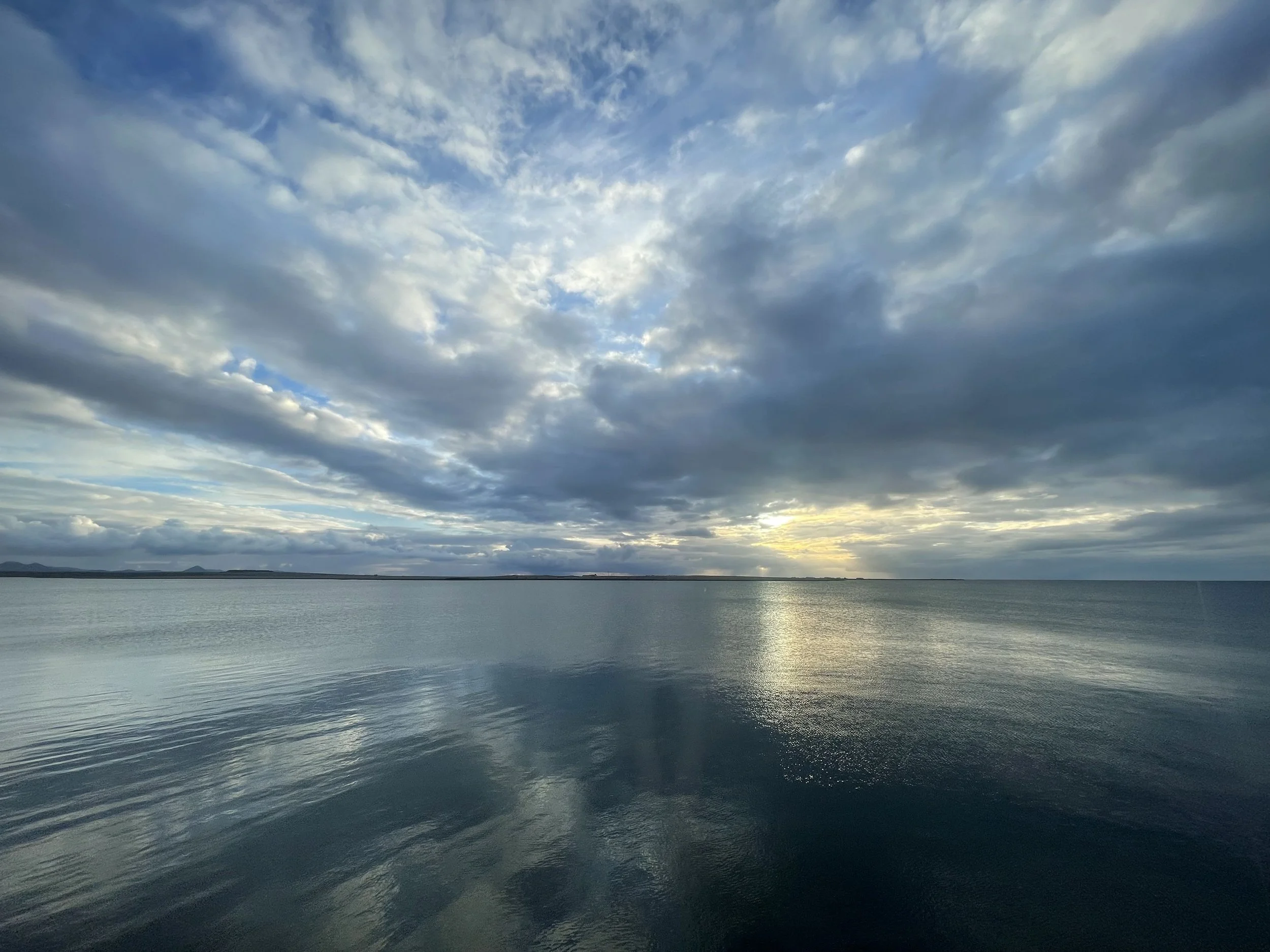An Open Letter to All Peoples of Faith & Practice
“I’ll Have a Dark Roast Mocha Latte with Social Values to Go”
Starting with Moksha and Karma Yoga
Rita Semel’s 90th Birthday
It was also the 90th year birthday party for the woman who made such an event possible. The theme for the day tells the story – “Healing the World: Honoring the Work of Rita Semel.”
Compassion, Charity, and Interfaith Culture
Occupy's Sacred Mob and the Politics of Vagrancy
Keynote Address Electrifies Claremont Lincoln University Launch
Selecting an academic keynoter to launch a new kind of boundary-breaking theological institution was surely a daunting assignment. Attendees at the September 6 opening convocation of Claremont Lincoln University were clearly excited about seeing the world’s first intentionally multireligious school of theology come to life. But they probably didn’t expect to be electrified by the keynote address, didn’t expect to jump to their feet with cheers and applause when it ended. Which is what happened.





